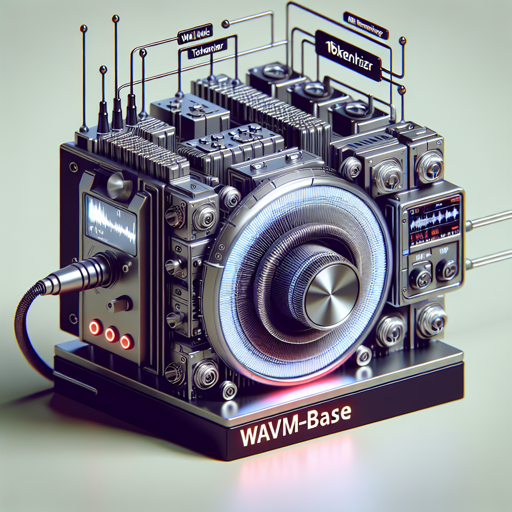Welcome! In today’s blog, we’ll navigate the intricate world of Microsoft’s WavLM-Base, a cutting-edge speech model designed to process and analyze speech data efficiently. Let’s dive into how you can leverage this model for various speech tasks, including recognition and classification!
What is WavLM-Base?
WavLM-Base is a speech model pretrained on 16kHz sampled audio, built to handle full-stack speech tasks. Just like a well-tuned musical instrument, WavLM requires the right kind of sound input to function optimally—so ensure your speech samples are also produced at 16kHz.
While WavLM has been tweaked for a variety of speech functions, it operates on audio data alone and doesn’t come equipped with a tokenizer. This means you’ll need to create one and fine-tune the model for specific tasks like speech recognition or audio classification.
Getting Started with WavLM-Base
- Step 1 – Initial Setup: Head over to the WavLM GitHub Repository to get the model. Ensure you retrieve the correct version to match your project needs.
- Step 2 – Audio Preparation: Remember, the model requires audio input sampled at 16kHz. If your existing audio files aren’t at this sample rate, you might need to resample them using audio processing tools.
- Step 3 – Tokenization: Since the model doesn’t come with a tokenizer, you will need to find a way to create one. You can refer to the detailed blog on fine-tuning for assistance.
- Step 4 – Fine-tuning: Fine-tune the model on labeled text data for specific tasks like recognition or classification. Check the official speech recognition example and the audio classification example for guidance.
Understanding WavLM-Base with an Analogy
Imagine you’re preparing for a grand orchestral concert. Your conductor (the model) needs the orchestra (your audio data) to play in harmony (the correct audio parameters). If your musicians don’t hit the right notes (sample rate of 16kHz), the performance will fall flat. Moreover, without the sheet music (tokenizer), the musicians can’t play the concerto (fine-tuning). To ensure a successful performance (speech recognition and classification), every aspect must work in perfect unison, requiring attention to detail in each preparation stage.
Troubleshooting Common Issues
While everything might seem smooth sailing, you could encounter a few bumps along the way. Here are some troubleshooting ideas:
- If you find your model response is inaccurate, check whether the input audio was correctly sampled at 16kHz.
- If the tokenizer is misbehaving, revisit the steps to create one and ensure you’re aligning with phonetic data during preparation.
- For problems related to fine-tuning and setup, consulting [the official documentation](https://huggingface.co/docs) can provide clarity.
For more insights, updates, or to collaborate on AI development projects, stay connected with fxis.ai.
Conclusion
At fxis.ai, we believe that such advancements are crucial for the future of AI, as they enable more comprehensive and effective solutions. Our team is continually exploring new methodologies to push the envelope in artificial intelligence, ensuring that our clients benefit from the latest technological innovations.
With WavLM-Base, you’ve got a powerful tool at your disposal for tackling various speech processing tasks. Happy coding!

